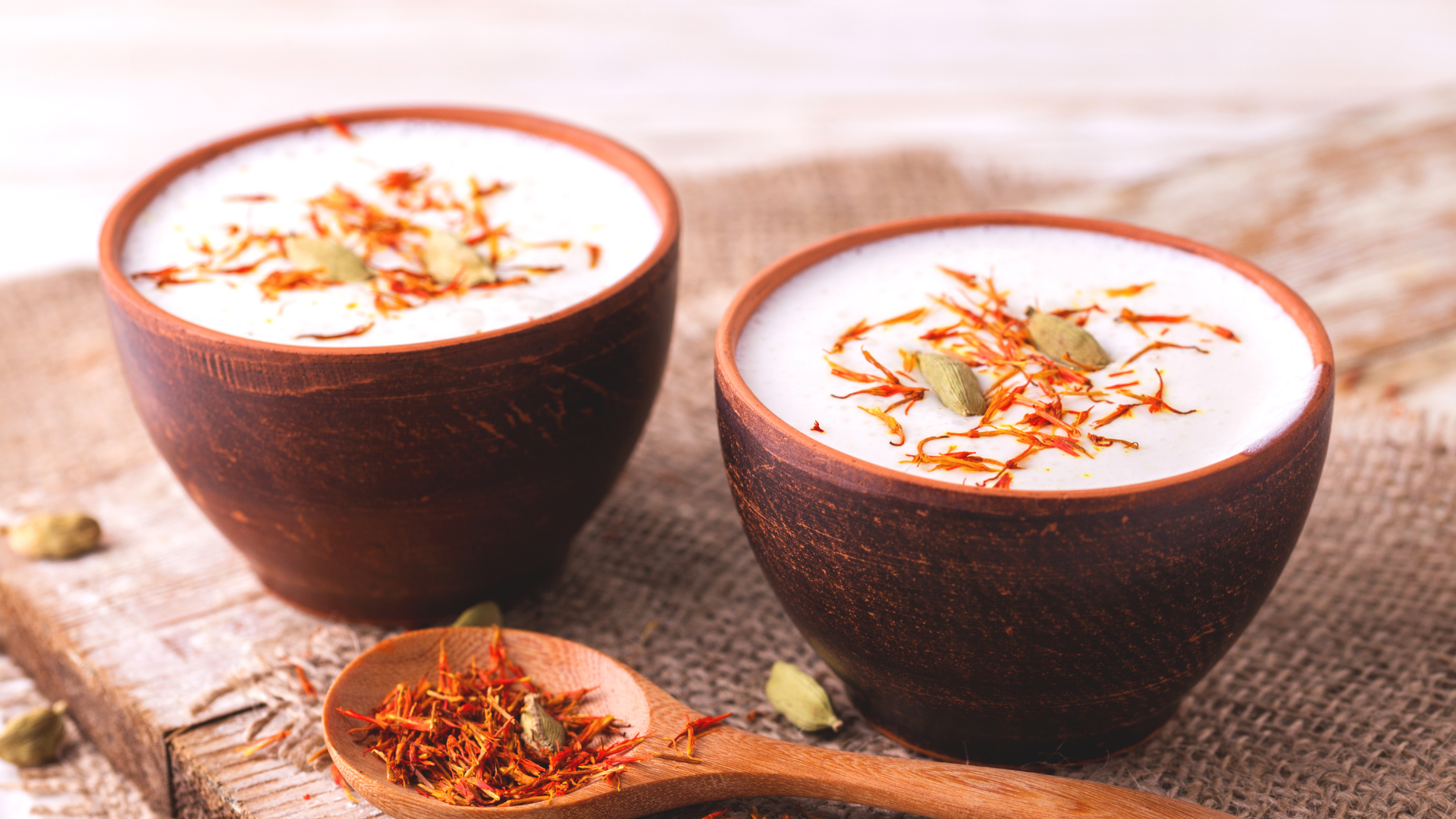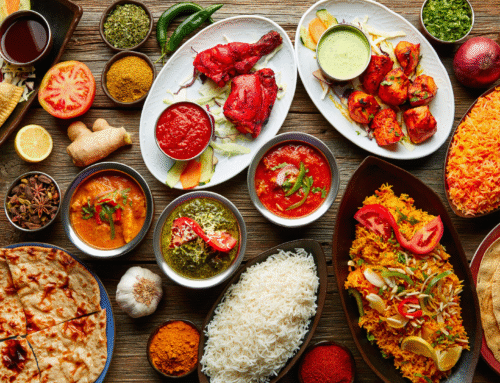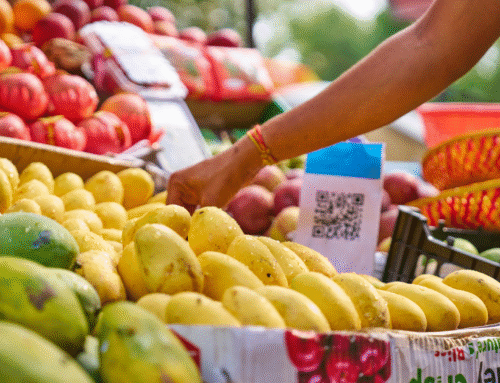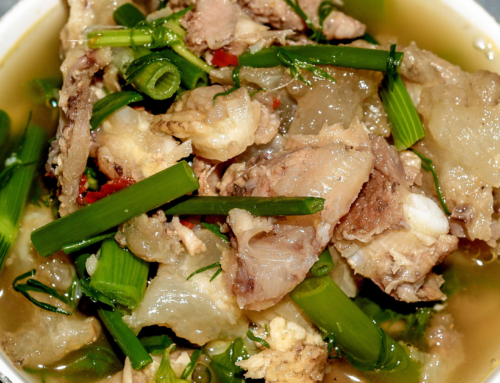Welcome to a fascinating journey through the mysterious world of Indian cuisine! Spices, herbs, and aromatics all come toether in a culinary symphony that is as diverse as delicious. From the savory street food of Mumbai to the rich curries of Punjab, every region has its unique flavors and specialties.
Whether vegetarian or non-vegetarian, sweet or savory – Indian cuisine never fails to tantalize your taste buds with an explosion of flavors. So get ready to delve into this comprehensive guide, where we unveil everything you need to know about Indian cuisine, from spices to sweets!
What is Indian cuisine?
Indian cuisine has a long and varied history. The cuisine of India is full of spices and flavors, which have been brought to the country by various travelers and immigrants. Indian cuisine can be broadly categorized into northern and southern styles.
The northern style is more elaborate and features more decadent flavors, while the southern style is lighter and focuses on spices. Indian food also includes items such as dal (lentils), samosa (potatoes filled with vegetables or meat), pulao (rice cooked in a variety of vegetables and spices), chaat (savory snack dishes), tandoori chicken (a dish made from marinated chicken grilled in a clay oven), rabbi (a type of yogurt drink), naan bread, chutney, pickles, and sweets like gulab jamun (sweetened milk balls soaked in sugar syrup).
The origins of Indian cuisine are uncertain, but evidence suggests that the cuisine may have originated in northwestern India. Over time, various influences from other parts of Asia, particularly Persia, have contributed to the development of Indian cuisine.
Today, Indian cuisine is celebrated worldwide for its bold spices and comforting dishes. From bustling street vendors in Delhi to modern restaurants abroad, it continues to inspire food lovers everywhere. For example, in the UK, some restaurants now celebrate Indian food with Bombay flair, often blending traditional flavors with contemporary styles such as all-day cafes, creating warm and welcoming spaces that bring the spirit of India far from home.
Vegetables and Fruits in Indian Cuisine
Indian cuisine is as diverse as the country itself, and its cuisine reflects this diversity. Vegetables and fruits play a significant role in Indian cooking, and there are many ways to prepare them.
Fresh vegetables and fruits are often used in curries, soups, side dishes, or desserts. Many Indians consider vegetables as crucial as meat in their diet.
Here are some of the most common vegetables and fruits used in Indian cuisine:
Vegetables:
- Cabbage: This leafy vegetable is often boiled or simmered in a curry. It can also be stir-fried or roasted.
- Carrots: These orange-hued root vegetables are often simmered in a curry or added to a lentil dish. They can also be steamed or boiled.
- Corn: This grain is cooked with different spices and flavors to create several popular dishes in Indian cuisines, such as masala corn soup or chutney corn rice.
Fruits:
- Apples: This tart fruit can be eaten fresh or used to make applesauce or pie. They can also be cooked into savory dishes like apple tandoori chicken or chopped into chutneys.
How to Make Indian Food at Home
There are lots of ways to make Indian food at home. You can use pre-made sauces or recipes or create your own using Indian spices and ingredients. Here are some tips for making Indian food at home:
- Choose the right spices: The key to excellent Indian cuisine is using the right spices. Start by selecting a variety of seasonings and herbs, such as cumin, coriander, cardamom, ginger, and garlic. Add them to your cooking vessel and aromatics like fresh ginger or onion slices. Experiment until you find your favorite combination of spices!
- Get creative with your ingredients: Some popular Indian elements include paneer (a type of cheese), tomatoes, cashews, chickpeas, and eggplant.
- Be sure to try these out in different dishes to see what makes them taste great! In addition to staple ingredients like these, experiment with other unusual flavors, such as mango puree in vegetarian dishes or garam masala in meat dishes.
- Cook slowly and carefully: When cooking any food at high heat for an extended period (like when frying foods or making Indian curries), it’s important not to overdo it. This can cause the food to become greasy or oily, or even burnt. Instead, cook foods slowly and carefully over low heat to avoid these problems.
Enjoy your home-cooked Indian food! Now that you know how to make Indian food at home, there’s no stopping you from creating some unique dishes!
Spices in Indian Cuisine
Spices in Indian cuisine are essential and play a significant role in the flavor profile of many dishes. The most common herbs used in Indian cooking are cumin, coriander, cardamom, ginger, garlic, and turmeric. Other popular spices include cinnamon, cloves, black pepper, and saffron.
Indian cuisine is known for its variety of spice combinations and the use of fresh herbs and spices. Many recipes call for specific amounts of individual spices, so having a variety on hand is essential to create the desired flavor profile. It is also essential to use fresh ingredients whenever possible to retain the integrity of the spices’ flavors.
In general, Indian cuisine relies heavily on seasonings rather than using large quantities of salt or sugar. This allows for nuanced flavors significantly enhanced by careful preparation and seasoning.
Sweets in Indian Cuisine
Indian cuisine is a mix of many different flavors and spices. From the intense heat of chili powder to the sweetness of sugar, Indian cuisine is a unique experience. Indian sweets are no exception. This article will explore some of the most popular Indian sweets and their origins.
- Lassi: Lassi is an Indian classic made from yogurt and mixed milk. It can be served cold or warm and flavored with cardamom, mint, or rosewater. The invention of lassi is attributed to Queen Viraat, who, in 400 BC, requested her husband to bring her yogurt from Greece.
- Kulfi: Kulfi is another Indian classic that originates from Mughal times. Kulfi is an ice cream made with pistachios, almonds, saffron, and rose water. It’s typically served with fresh fruit compote on top.
- Biryani: Biryani is a rice dish that originated in Persia and was brought to India by the Mughals. Biryani consists of turmeric, cumin, cardamom, cloves, cinnamon stick, bay leaves cooked in rice, and meat (usually chicken or lamb). The dish can also be flavored with saffron or mango pickle relish for added complexity.




